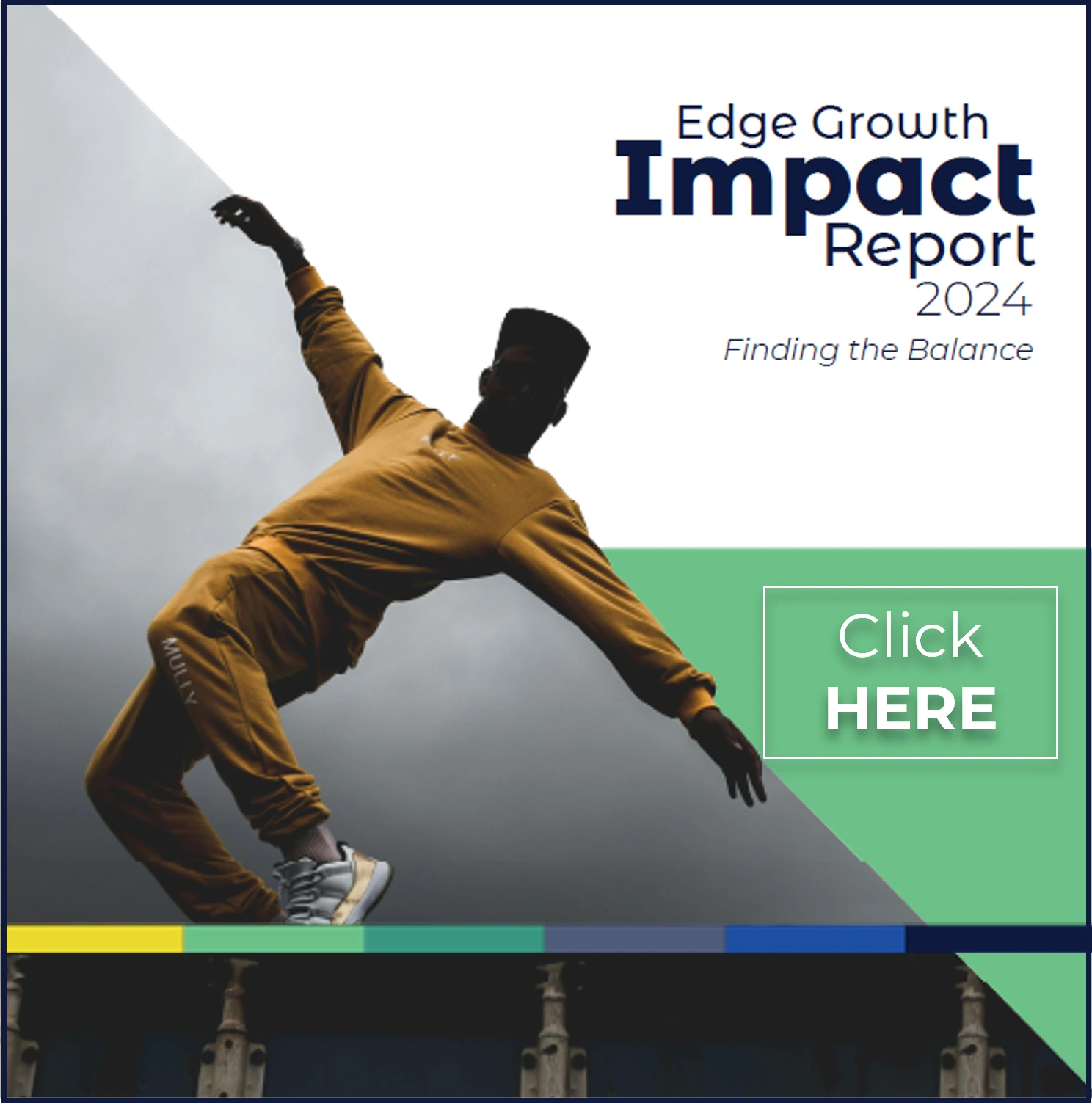By Susan Moloisane, CE of Edge Growth Solutions
Supporting female entrepreneurs isn’t just a moral imperative, it’s a business opportunity. Numerous studies show that women-led businesses are often more capital-efficient, demonstrate higher returns on investment, and foster inclusive team cultures. In 2018, a study by the Boston Consulting Group (BCG) found that women-led startups deliver more than twice as much revenue per dollar invested compared to those led by men. A Forbes report from 2019 also found that private technology companies led by women are more capital-efficient, achieving 35% higher ROI, and, when venture-backed, 12% higher revenue than startups run by men.
Closer to home, there are further studies, including those by the Small Enterprise Development Agency and Global Entrepreneurship Monitor South Africa, that emphasise that the tenacity and resilience of many women entrepreneurs enable them to adapt quickly, innovate, and sustain their businesses despite many challenges.
Persistent hurdles
Women remain underrepresented in South Africa’s SME sector. According to the Small Business Report 2021, only 21.1% of formal SMEs are owned by women, a figure echoed by the Mastercard Index of Women Entrepreneurs, which reported a slight increase to 21.9% in 2021 from 21.1% the year before. However, when including informal enterprises, broader data suggests that women’s ownership rises to around 38%, highlighting a significant presence in less formal segments of the economy. These figures reflect the reality we’ve seen on the ground. While informal sector inclusion does increase the representation of women, the low percentage in formal, growth-oriented SMEs is concerning.
Progress is happening, but slowly. Systemic challenges for women entrepreneurs still persist, ranging from limited access to collateral for loans, unconscious bias in funding decisions, and exclusion from traditional business networks. Women also tend to operate in lower-margin industries and are often balancing business growth with caregiving responsibilities. While there is greater awareness and some improvement in mentorship availability and visibility, access to capital and large-scale markets remains a significant hurdle.
There are also a growing number of initiatives focused on women entrepreneurs, but we’re still far from where we need to be. Many programmes are still gender-neutral by design, which unintentionally means they don’t address the unique barriers women face. More targeted funding instruments, mentorship models, and procurement policies are needed to really shift the dial.
The case for gender-smart investing
Female entrepreneurs are more likely to reinvest in their communities, create inclusive jobs, and build sustainable businesses. We see this time and time again within the Edge Growth ecosystem, where women-led SMEs prioritise impact and not only profit. Many of these women are deeply embedded in their communities, employing locally, mentoring other women, and building businesses with strong values. It’s not unusual to find women entrepreneurs reinvesting in education, social development, or upskilling their teams. Again, it is this mindset that often results in more resilient, inclusive, and long-term sustainable enterprises.
When corporates and funders invest in women, they’re unlocking a multiplier effect: stronger communities, more resilient supply chains, and sustainable economic growth. The private sector has a pivotal role to play. Corporates can embed gender-smart procurement targets, create access pathways for women-led businesses into value chains, and support incubators and accelerators tailored for women. Investors can build portfolios with intentional gender-lens investing strategies, recognising that diversity is not a risk but a return-enhancing factor. It’s about moving beyond compliance to commitment.
Shining examples of resilience, innovation, and impact
Of the many inspiring stories that truly embody the resilience, innovation, and impact of women entrepreneurs that Edge Growth have supported, two particular examples come to mind.
The first is a Black woman-owned independent financial advisory firm. When we first engaged with the business, it was a high-potential enterprise looking to position itself more competitively in a male-dominated industry. Through targeted enterprise development support, ranging from strategy refinement to market access interventions, the business has grown into a formidable player in the financial services sector. Today, it serves a wide range of clients and stands out for its professionalism, depth of expertise, and commitment to financial inclusion.
The second is a Black woman-owned motor body repair facility based in Mabopane township in Tshwane. The owner’s business suffered a devastating setback when a severe storm completely wiped out her operations. But instead of walking away, she rebuilt and transformed her business into a state-of-the-art facility that meets the highest industry standards. With our support, she accessed business development services and mentorship. Today, her facility is not only thriving but also creating jobs and challenging perceptions about where excellence in automotive repair can come from.
It is these and so many other stories that show courage, grit and what’s possible when women entrepreneurs are given the right support to thrive.
Where to from here?
A decade ago, women entrepreneurs were far more underrepresented and often overlooked in business forums, investment conversations, and development initiatives. Today, the room looks different – it is more diverse, and we’re seeing more women stepping into entrepreneurship with confidence, particularly in high-growth sectors. However, while representation has improved, systemic support still hasn’t caught up with the pace or potential of these women-led businesses.
Women-owned SMEs represent a vast and largely underleveraged engine of economic growth. Unlocking this potential could contribute significantly to GDP, employment, and poverty alleviation. If more capital, procurement opportunities, and scalable support were directed toward women entrepreneurs, we’d see not just economic gains, but broader social transformation across education, health, and community development.
The marginal improvement over the years still points progress that is too slow. What’s encouraging is the increasing visibility of the issue and growing commitment from ecosystem players to change this trajectory, but what is needed is more action, not just awareness.



